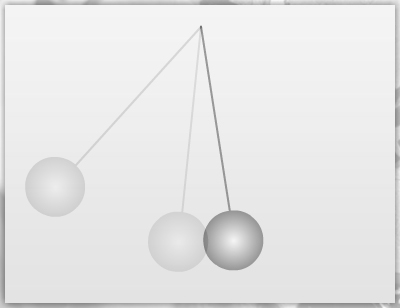Seiko Institute of Horology / The isochronism of a pendulum
The Seiko Institute of Horology (now The Seiko Museum) was opened in 1981 as part of a project to commemorate the 100th anniversary of the founding of Seiko. The museum displays research materials related to time and timepieces produced in Japan and other countries around the world. (For more information, see the February 2009 issue of the PR magazine pla-topia.) http://museum.seiko.co.jp/

The isochronism of a pendulum is applied in large mechanical clocks.

